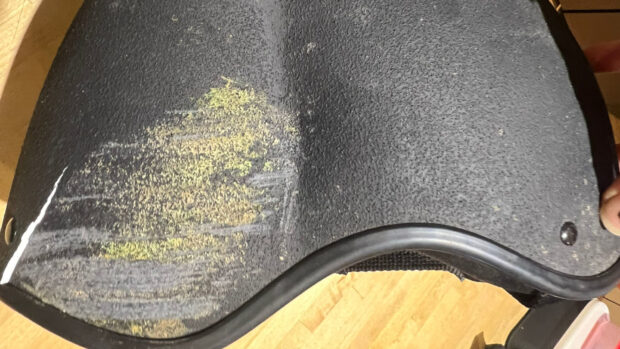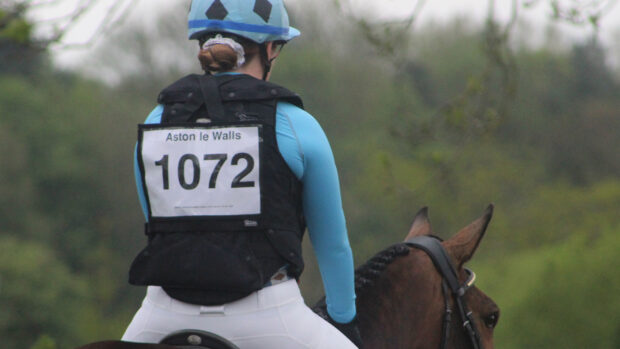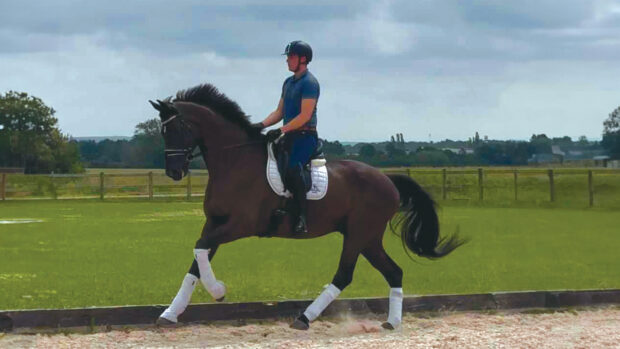More tests into the efficacy of air jackets are in the pipeline as a manufacturer seeks to find further proof that the devices have a “significant effect on reducing injuries” in everyday falls.
Hit-Air is meeting with the Transport Research Laboratory (TRL) and British Eventing (BE) later this month.
In November H&H reported on findings by TRL on behalf of BE. The research focused on rotational falls, and concluded that air vests can reduce the risk of serious injury by 13%.
A series of controlled tests were carried out, in which an equine cadaver was dropped on to a crash test dummy wearing a BETA 2009 Level 3 body and shoulder protector, and an air jacket. The results showed that the air jacket reduced compression, and that the predicted risk of severe chest injury fell from 94% to 81%.
“This means that it could have a beneficial effect in reducing the likelihood of severe injury from a horse falling on a rider,” read a BE statement. “However, there is still a high probability of riders sustaining a severe injury.“
Now, air jacket manufacturer Hit-Air is seeking to find out more information for a wider range of falls. The company “welcomed” this research and now has plans to build on this. The new research aims to look at injuries aside from those sustained in a rotational fall.
“We are meeting with the TRL to develop plans to simulate the effect of wearing a Hit-Air vest in the most common types of falls,” Rachel Ricci of Hit-Air told H&H.
“Non-rotational falls represent more than 98% of falls in BE and over 84% of injuries.”
Hit-Air has already conducted extensive testing in labs in Japan and Europe, but “appreciated the need for independent verification of methodology and results”.
“We want to prove what we hear from riders and medical professionals and show that air has a significant effect on reducing injuries to the neck and spine in many falls,” added Ms Ricci.
Jonathan Clissold, head of safety at BE, will be involved for “transparency”.
Although air jackets were originally aimed at elite eventers, the equipment is now common at lower level events and some riders choose to wear them out hacking.
“We also hope to involve the British Horse Society so that the research can be opened up to the leisure riding contingent,” said Ms Ricci. “We’ve seen a 20% growth year-on-year in this area.”
Horse&Hound, 14 January ’16




